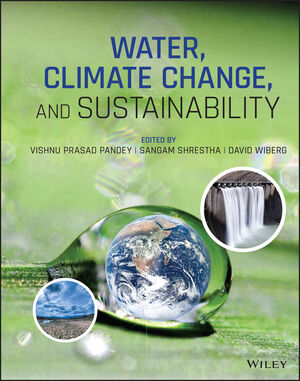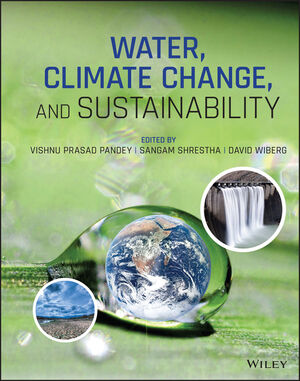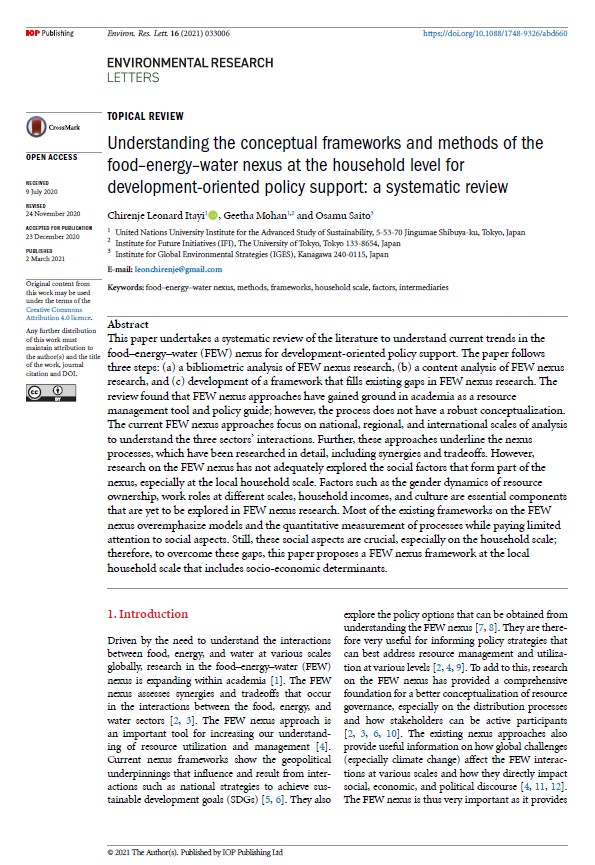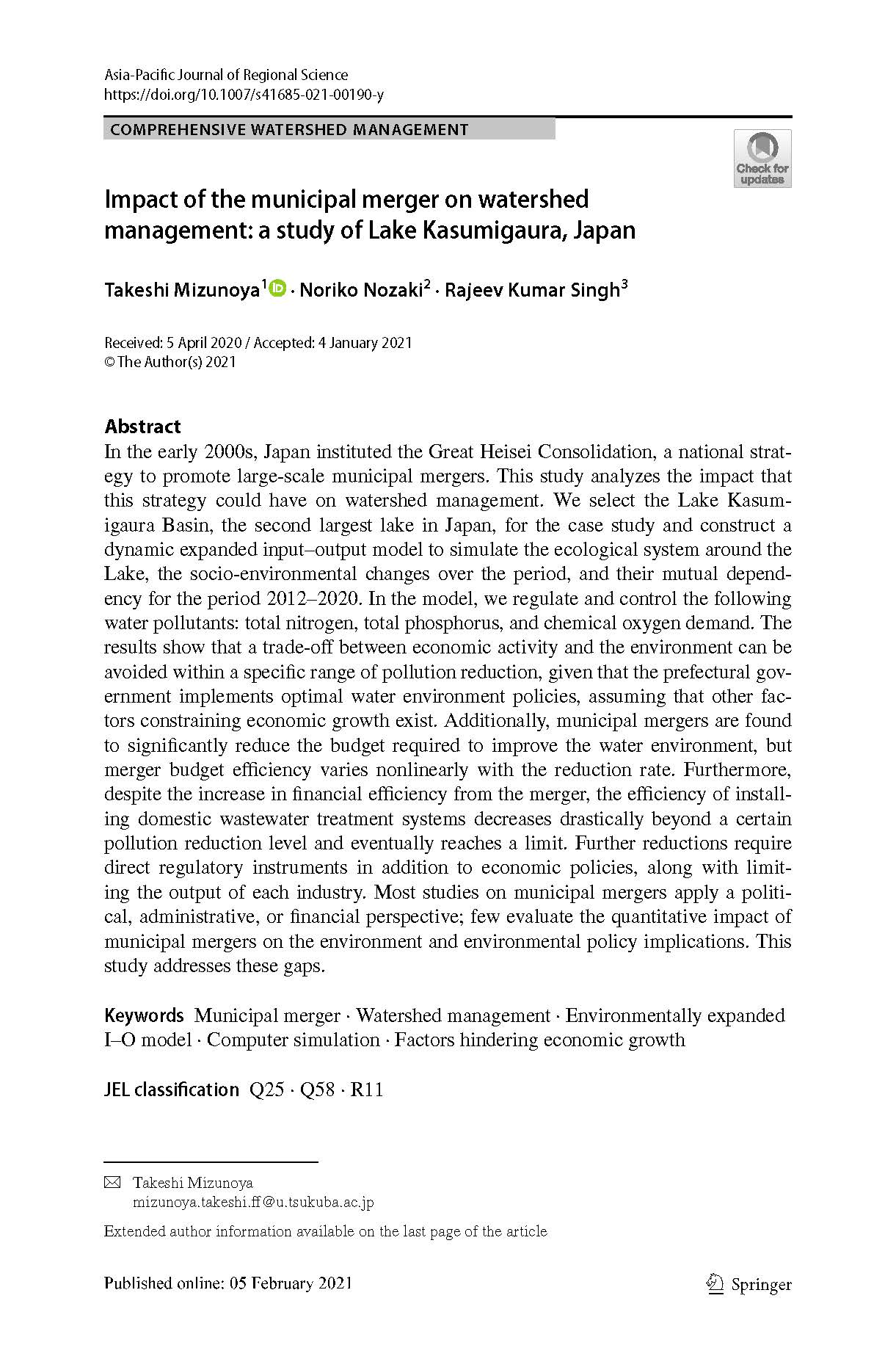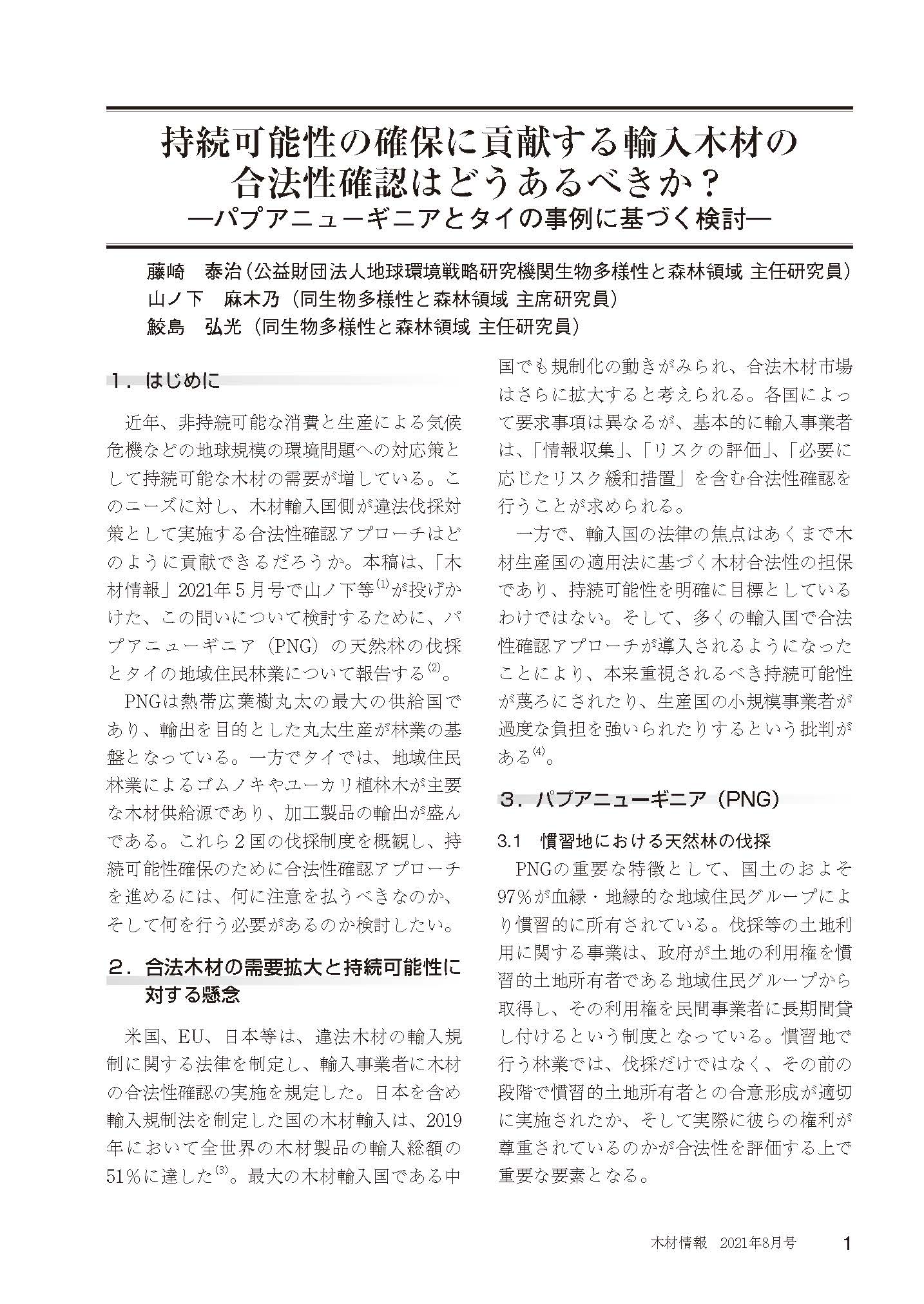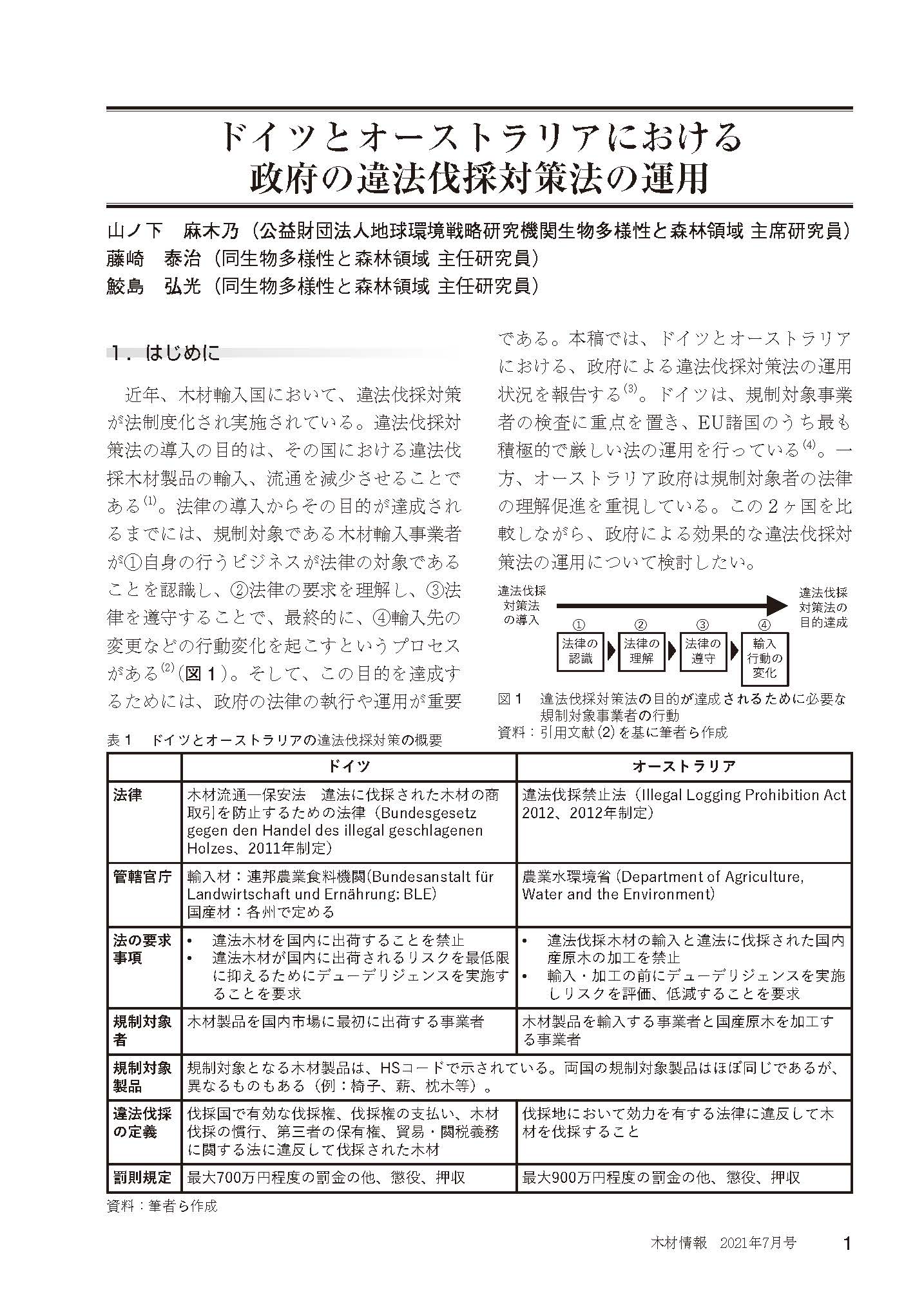This guidebook is intended to provide an overview of how to conduct climate change and land-use change impact assessments, so that the impacts on water, biodiversity, and health can be better understood at the local level. A key aspect of the guidebook is the tutorials provided for conducting climate change/land-use change scenario analysis and...
- Clear all
- Publication Year: (-) 2021
- SDGs: (-) Goal 6. Clean Water and Sanitation
- SDGs: (-) Goal 12. Responsible Consumption and Production
- Topic: (-) Ecosystems
Results 11 - 20 of 31 (Sorted by date)
In Water, Climate Change, and Sustainability
Various drivers such as population growth, land use/cover change, unsustainable consumption pattern, and climate change are putting pressure on limited resources available within our planetary boundaries, thus, raising concerns on their sustainability. Coordinated actions at levels ranging from global to local are required to ensure sustainability...
In Water, Climate Change and Sustainability
Adoption of sustainable development goals (SDGs) offers a targeted and time‐bound approach for sustainable development. Water, along with its dedicated goal (SDG6), is at the core of SDGs due to its interdependency and synergistic relationship with all SDGs. Implementation of SDG6, as well as other SDGs, remains a challenge for many countries due...
In Environmental Research Letters
This paper undertakes a systematic review of the literature to understand current trends in the food–energy–water (FEW) nexus for development-oriented policy support. The paper follows three steps: (a) a bibliometric analysis of FEW nexus research, (b) a content analysis of FEW nexus research, and (c) development of a framework that fills existing...
In Asia-Pacific Journal of Regional Science
In the early 2000s, Japan instituted the Great Heisei Consolidation, a national strategy to promote large-scale municipal mergers. This study analyzes the impact that this strategy could have on watershed management. We select the Lake Kasumigaura Basin, the second largest lake in Japan, for the case study and construct a dynamic expanded input...
In 気候変動から世界をまもる30の方法
この本は、子どもといっしょに気候変動を知る・学ぶ入門書として出版された。 「人類の土地利用が気候変動に与えた影響」では、科学が警告する地球環境の激変の1つとして、「土地利用・食料生産・気候変動の深い関係」、「熱帯林の減少による二酸化炭素排出量は日本の2倍」、「気候変動防止のための将来の土地利用」について、科学的データを元にやさしく解説した。
The Institute for Global Environmental Strategies (IGES) has launched an interactive online tool to assess how the observed and projected changes in river basins relate to various Sustainable Development Goals (SDGs) and their associated targets, from both a spatial and temporal perspective. The Interactive SDG Tool for River Basins is the outcome...
In 事業構想
ビジネスパーソンが知っておきたい脱炭素の基礎知識をIGES研究員が解説する『事業構想』連載。第5回は COP 26でも大注目された森林について、詳しく解説しています。 今この瞬間も含めて、1分ごとに、世界でサッカー場27面分もの森林が失われているといわれています。主な原因のひとつは、衛星技術の進化などにより、商業的な大規模農業だと明らかになりました。意外だと思われた方も多いのではないでしょうか? グローバルにサプライチェーンが発達した世界で、食料をはじめとして多くのモノを輸入する日本。森林減少は私たちの生活と密着した問題であり、解決の鍵も日々の生活の中にもあるのかもしれません。 記事では、森林の持つ多様な価値をあらためて共有するとともに...
In 木材情報
近年、非持続可能な消費と生産による気候危機などの地球規模の環境問題への対応策として持続可能な木材の需要が増している。このニーズに対し、木材輸入国側が違法伐採対策として実施する合法性確認アプローチはどのように貢献できるだろうか。本稿は、この問いについて検討するために、パプアニューギニア(PNG)の天然林の伐採とタイの地域住民林業について報告する。PNGは熱帯広葉樹丸太の最大の供給国であり、輸出を目的とした丸太生産が林業の基盤となっている。一方でタイでは、地域住民林業によるゴムノキやユーカリ植林木が主要な木材供給源であり、加工製品の輸出が盛んである。これら2 国の伐採制度を概観し、持続可能性確保のために合法性確認アプローチを進めるには、何に注意を払うべきなのか...
Keywords:
In 木材情報
近年、木材輸入国において、違法伐採対策が法制度化され実施されている。違法伐採対策法の導入の目的は、その国における違法伐採木材製品の輸入、流通を減少させることである。法律の導入からその目的が達成されるまでには、規制対象である木材輸入事業者 が①自身の行うビジネスが法律の対象であることを認識し、②法律の要求を理解し、③法律を遵守することで、最終的に、④輸入先の変更などの行動変化を起こすというプロセス がある。そして、この目的を達成するためには、政府の法律の執行や運用が重要である。本稿では、ドイツとオーストラリアにおける、政府による違法伐採対策法の運用 状況を報告する。ドイツは、規制対象事業者の検査に重点を置き、EU諸国のうち最も積極的で厳しい法の運用を行っている。一方...
Keywords:


